The Royal Borough of Greenwich has agreed to buy 265 extra flats as part of the Woolwich Estates regeneration project, comprising of 63% social housing, rather than the 35% that was in the original development agreement in 2012.
The Council would pay Lovell Partnerships £87.5m for the purchase of 265 additional homes (175 units in Morris Walk and 90 units in Maryon Grove/Road) as part of phase two and three of the Woolwich Estates regeneration project, which would be redeveloped and let to people on housing waiting lists.
These additional units would be funded by housing revenue account capital of £24m, right to buy receipts of £35m and housing revenue account borrowing of £28.5m.
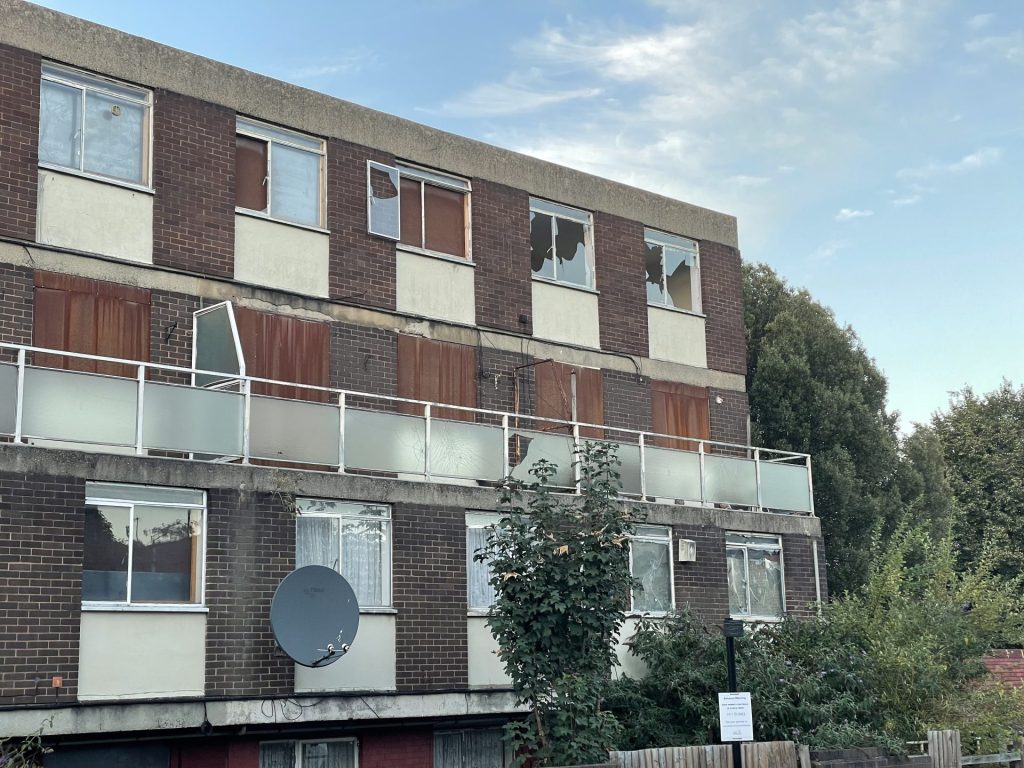
Councillor Aidan Smith, Cabinet Member for Regeneration, said: “This decision that we took recently to buy the 265 flats had to be taken as a political decision because that was a variation on the original contract.
“In my view, it is now better because we are providing more social housing.”
There are currently 25,000 people on the council home waiting list in Greenwich, with 1,700 in temporary accommodation who are in urgent need.
Phase one of the project that transformed Connaught Estate, now Trinity Walk, was complete in 2019; whereas phase two and three involving Morris Walk and Maryon Grove/Road got as far as demolishing most of it but ground to a halt during the pandemic.
The estates were in a state of disrepair with the Maryon ones built in the 60s in solid concrete blocks that were not good in terms of energy efficiency, said Councillor Smith.
He added: “This is about getting rid of the stock where it became in such a bad state that it just wasn’t worth the Council investing the amount of money that you would need to refurbish those blocks.
“It was better to knock them down and then replace them with high quality materials with modern designs.”
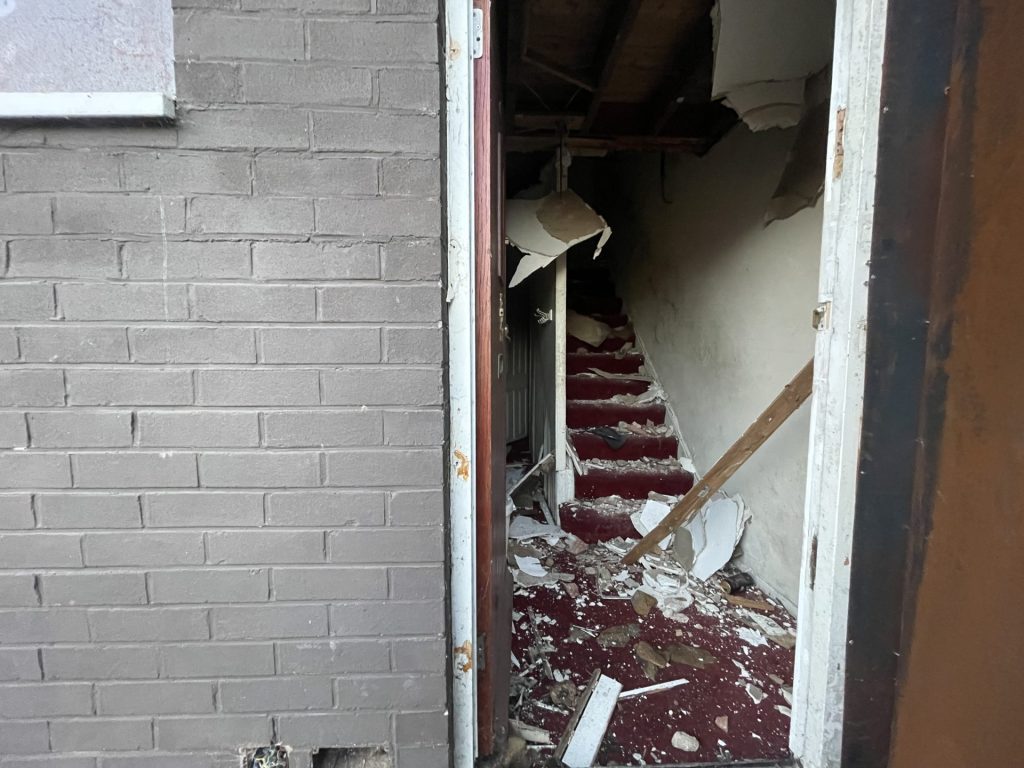
The new council homes would be more air-tight with improved building fabric specification and double glazing to all windows, as well as benefit from solar panels, balconies with natural shading, mechanical ventilation, energy efficient lighting and a communal heating system powered by air sourced heat pumps.
These features are expected to achieve a 57% of carbon reduction.
In addition, the Council purchased three commercial units from Lovell Partnerships, including two freeholds and one long leasehold.
Councillor Smith said: “From the engagement with the residents at the start of the scheme, they would like to see a supermarket or a food shop in one of them.”
But he added the Council had not marketed them yet as it was too early at this point.
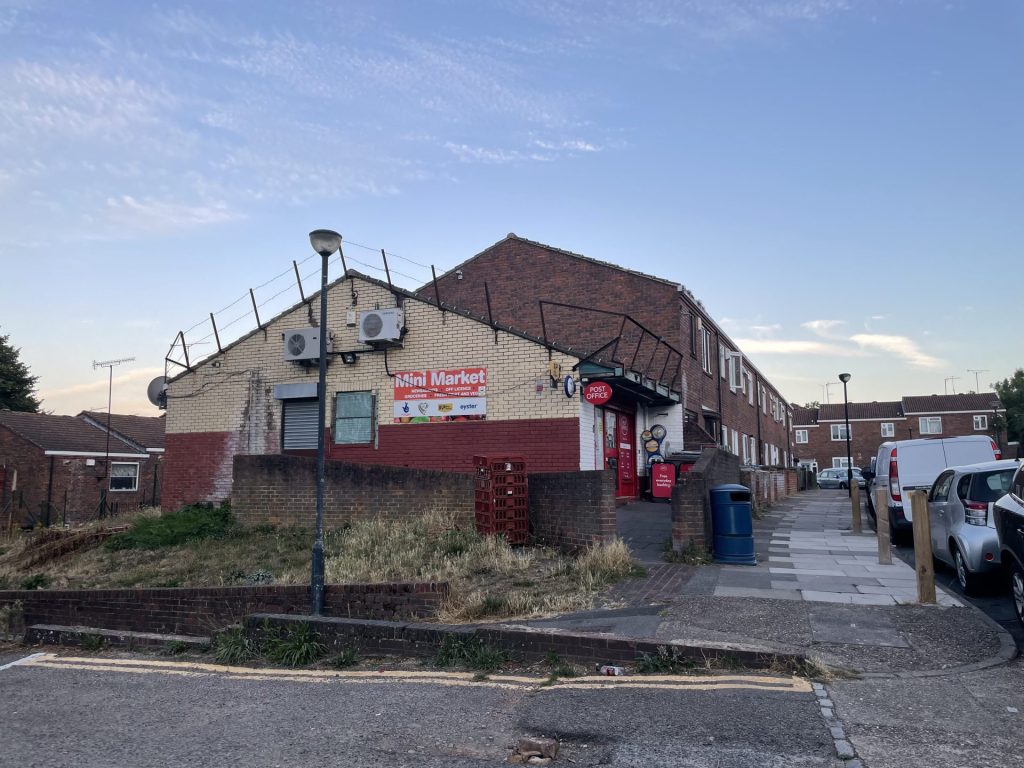
He also said the development included the whole public realm, not just the buildings, including more pedestrian friendly walking routes as it used to be quite dark, open green space in the centre of the neighbourhoods, and improvements to the underpass.
Ms Lo, 38, previous resident in the borough, said: “I haven’t been inside any council homes but I walk around there all the time.
“It looks slightly dated from the outside, and occasionally there is stabbing news around those areas but it is not frequent.”
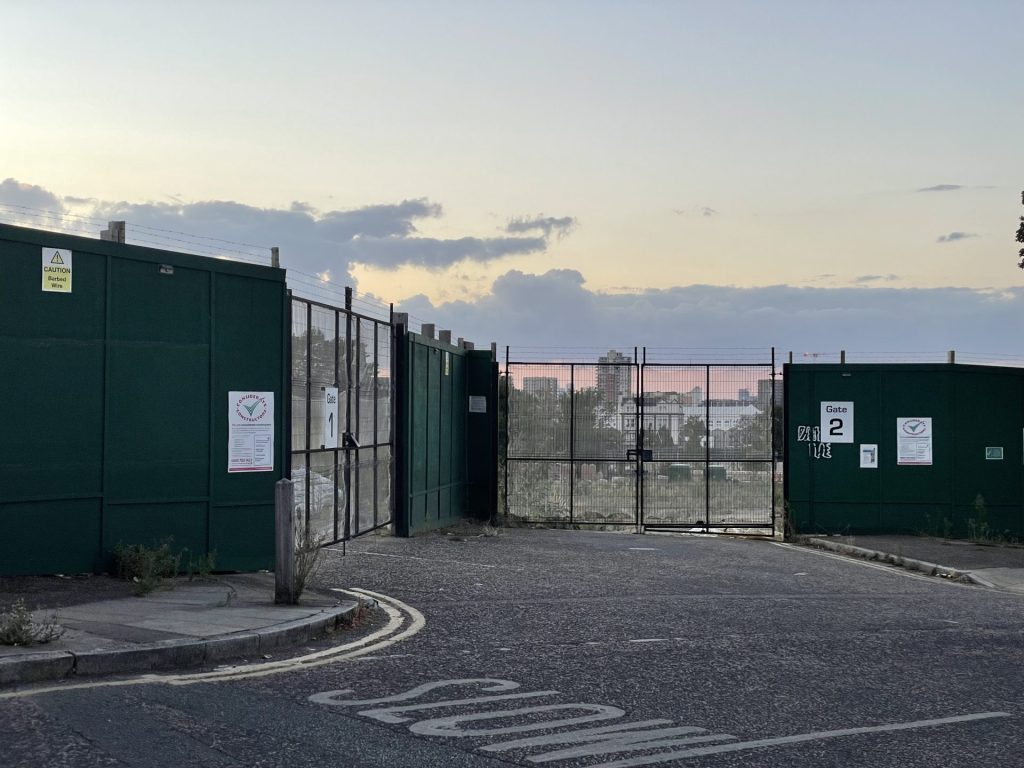
Peter, 45, a resident in the area who knew people who used to live in Morris Walk and Maryon estates, said: “The estates were in a state of disrepair, kind of dangerous looking.
“I think this is part of the long-term regeneration plan and it is going to be much better than it was as it needed modernising.”
He recalled the estates were demolished very efficiently and quietly last year, after people were moved out gradually over the past five years.
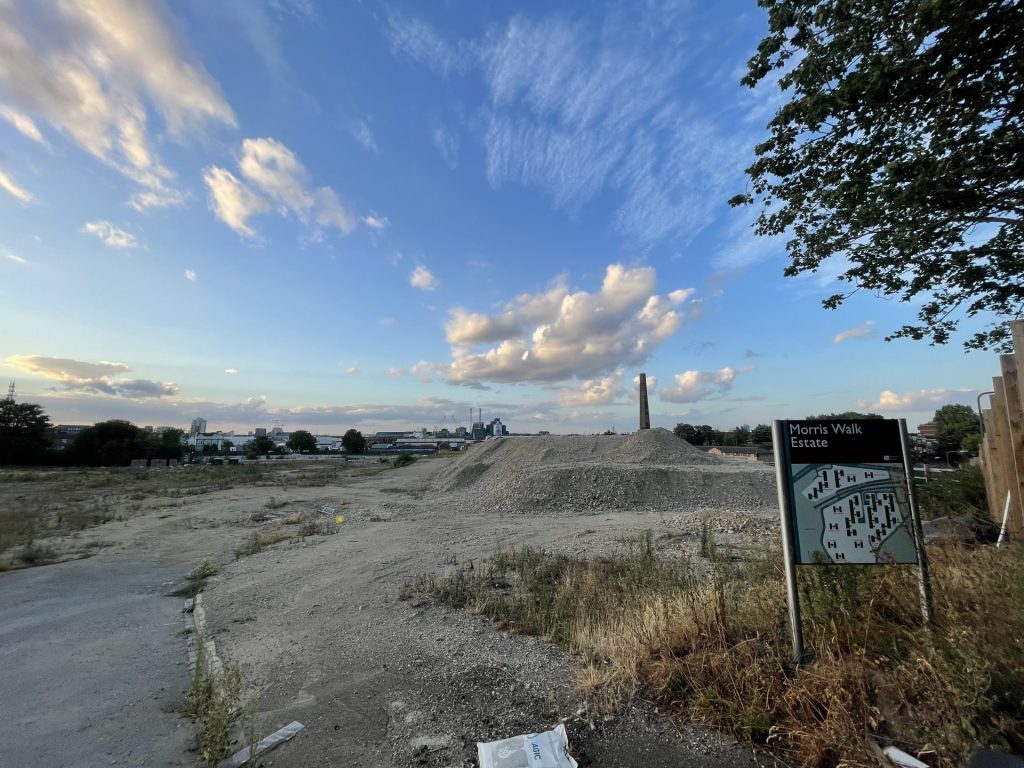
In terms of general amenities and facilities, he said: “Obviously there is room for improvement, but they have invested a bit of money recently in the local parks and the play areas.
“Residents were given the option to vote for what they thought would be a priority so that is good.”
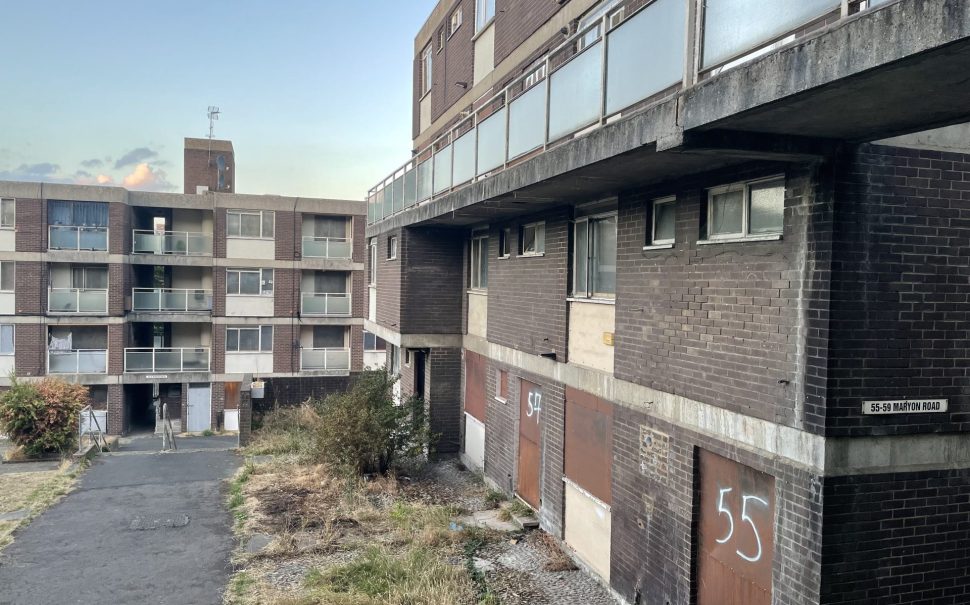



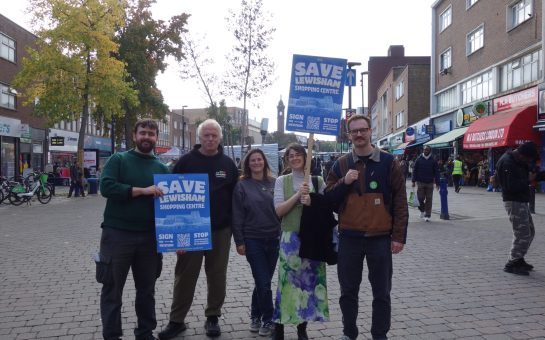
Join the discussion